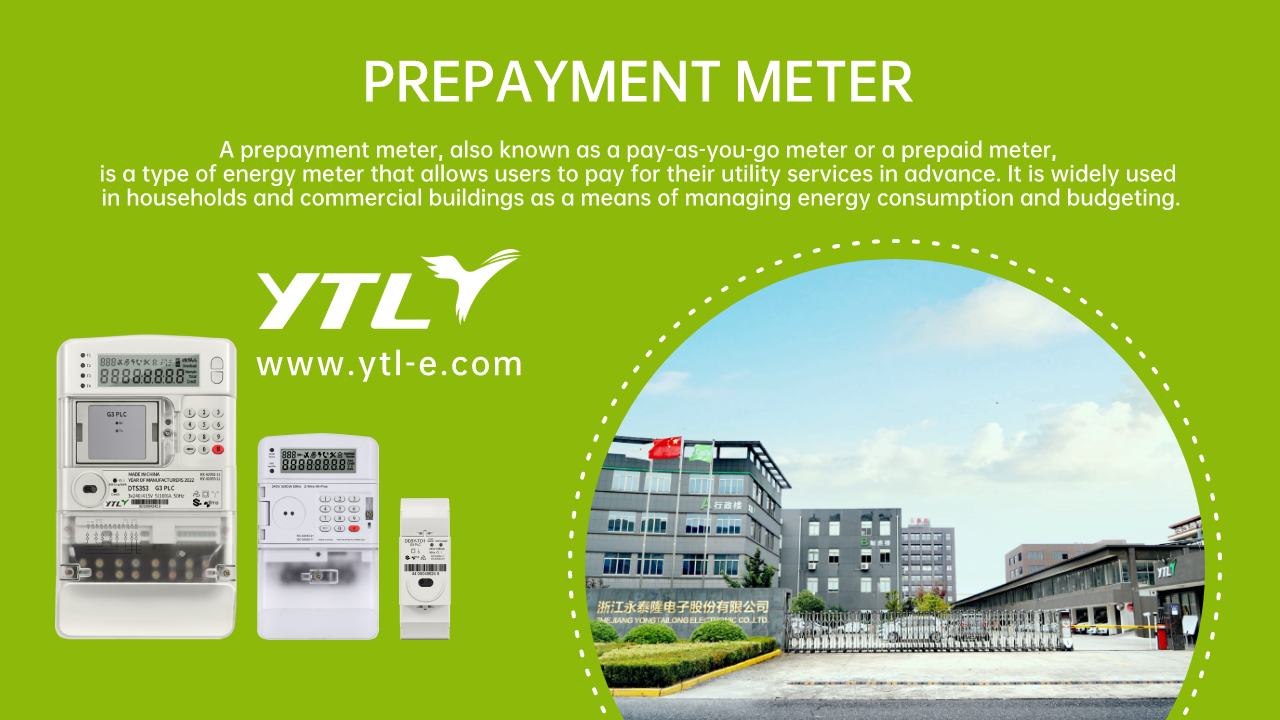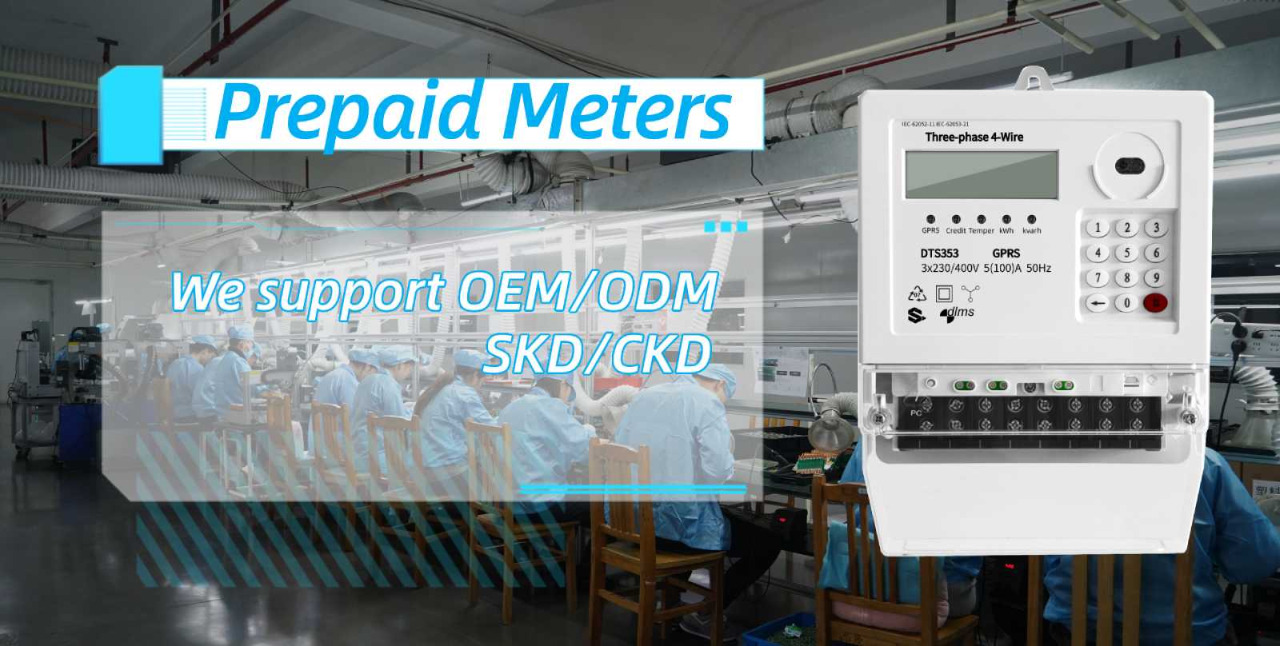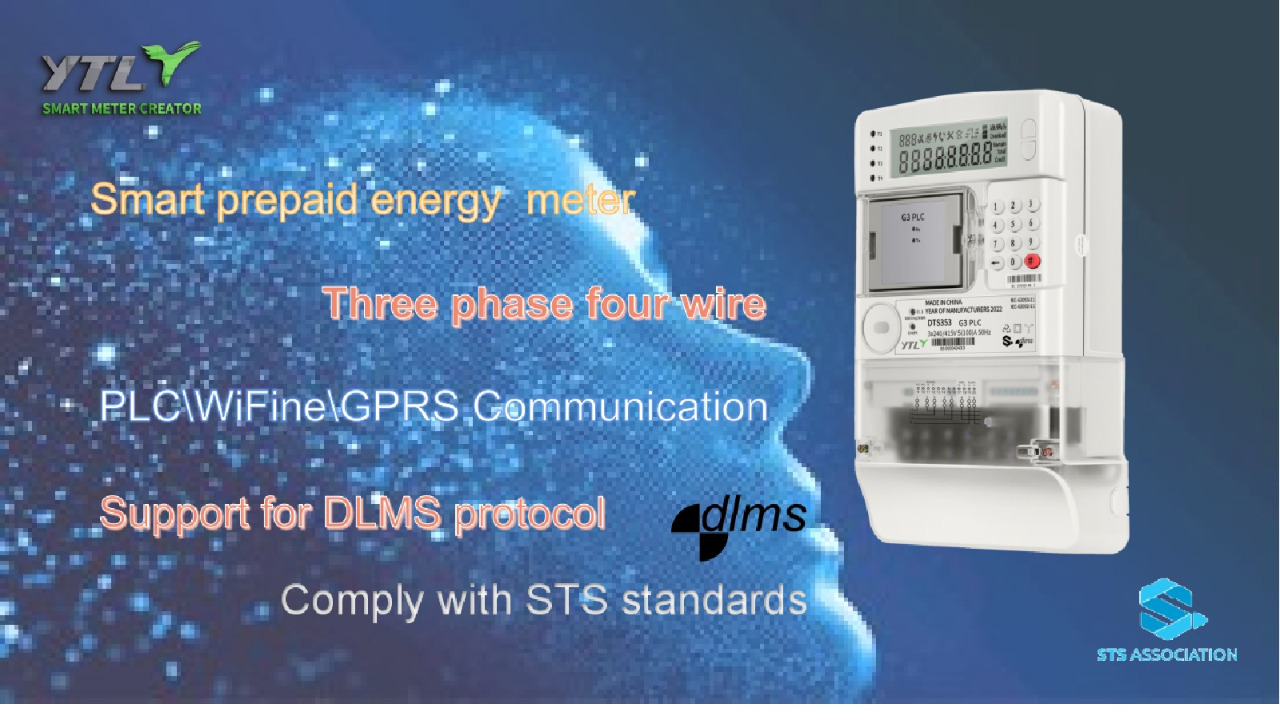In the trivial daily operations of property management, electricity fee collection has always been a difficult equation to solve: manual meter reading is time-consuming and labor-intensive, debt collection is prone to disputes, and the capital return cycle is long.
These pain points, like hidden electric currents, create continuous anxiety in the nervous system of the community.
The emergence of the prepayment meter is bringing a "measurement revolution" to the property management industry.
The Dilemma of Traditional Charging On the 15th of each month, scenes like these always play out in the property management office of a certain community: Three finance staff check the meter reading data household by household against Excel spreadsheets.
The customer service manager makes follow-up calls to explain the calculation logic of the "tiered electricity price".
The security captain goes to post the overdue notice for the third time, but encounters the problem of vacant properties. According to a survey by a certain property association, the traditional charging mode has three major stubborn problems: Efficiency Black Hole: The error rate of manual meter reading is ≥ 2%, and data entry takes 3-5 days. Capital Blockage: The overdue fee ratio lingers between 8% and 15% for a long time. Trust Deficit: 63% of overdue fee disputes stem from measurement disputes.
Prepayment Meter: The Smart Housekeeper of Property Charging The prepayment system has reconstructed the underlying logic of electricity fee management: Prepay before using electricity: Users can make self-service payments through mobile payments such as WeChat Pay and Alipay. Real-time balance monitoring: Automatically send early warning notifications when the balance is below the threshold.
Remote on-off control: Automatically trip the switch when there is an overdue fee, and restore power immediately after recharging.
Taking a smart community in Hangzhou as an example, after installing the prepayment meter: The charging cycle has been compressed from 30 days to real-time receipt, the overdue fee rate has dropped sharply from 12% to 0.3%, and the property management's labor cost has been saved by 180,000 yuan annually.
Technical Deconstruction: The "Digital Nerves" of the Prepayment System This intelligent system is supported by four core technologies: Internet of Things (IoT) communication: Low-power wide-area network enables 24-hour online operation. Edge computing: The built-in algorithm of the meter processes abnormal electricity consumption patterns. Blockchain record keeping: Each recharge record is tamper-proof. AI prediction model: Predict monthly electricity consumption based on historical data.
When users pay through the APP, a precise "digital ballet" is performed in the system background: The encryption algorithm verifies the authenticity of the payment voucher. The distributed ledger updates the balance data.
The instruction reaches the control module of the prepayment meter through the 4G network. The closing signal is executed within 1 second.
Scene Revolution: From "Chasing Money" to "Money Chasing You" The prepayment mode has created three major management dividends: After a commercial complex in Shenzhen introduced the prepayment system, dramatic changes have occurred: The electricity fee disputes during the transfer of shops have decreased by 90%. The energy consumption in public areas has decreased by 18% (due to the enhanced energy-saving awareness of merchants).
The number of property payment windows has been reduced from 3 to 0. V. Evolution Direction: The Ecological Integration of the Prepayment System The next-generation prepayment meter is evolving into an "energy Internet terminal": Carbon footprint tracking: Integrate a photovoltaic power generation monitoring module. Demand response: Participate in the peak shaving and valley filling dispatching of the power grid.
Energy custody: Provide household energy efficiency optimization solutions.
A pilot project shows that the prepayment system integrated with smart homes can reduce household electricity costs by 12%-15%. During peak electricity price periods, the system automatically turns off non-essential electrical appliances, converting energy savings into visible benefits.
Three Extended Values of the Prepayment Meter Optimization of cash flow: The prepayment mode allows the property to lock in the cash flow in advance, which can be used for equipment upgrades or service expansion, enhancing competitiveness.
Risk prevention and control: The function of automatically tripping the switch for overdue fees eliminates malicious default. Through the promotion of prepayment meters, the overdue fee rate of residents in Nanning Power Supply Bureau has dropped from 9.3% to 1.5%. Smart transformation: After accessing the energy management platform, the property can expand value-added services such as time-of-use electricity prices and photovoltaic power generation management, creating a smart community ecosystem.
When the prepayment meter quietly operates in the distribution box, it not only changes the charging method but also the dialogue mode between people and energy. The property has transformed from a fee collector to an energy advisor, and users have shifted from passive payment to active management.
This silent revolution is reshaping the energy gene of urban communities. As a property manager said, "The prepayment system is not a cold machine, but a service with warmth."


 English
English 简体中文
简体中文












.png?imageView2/2/w/500/h/500/format/png/q/100)

.png?imageView2/2/w/500/h/500/format/png/q/100)


